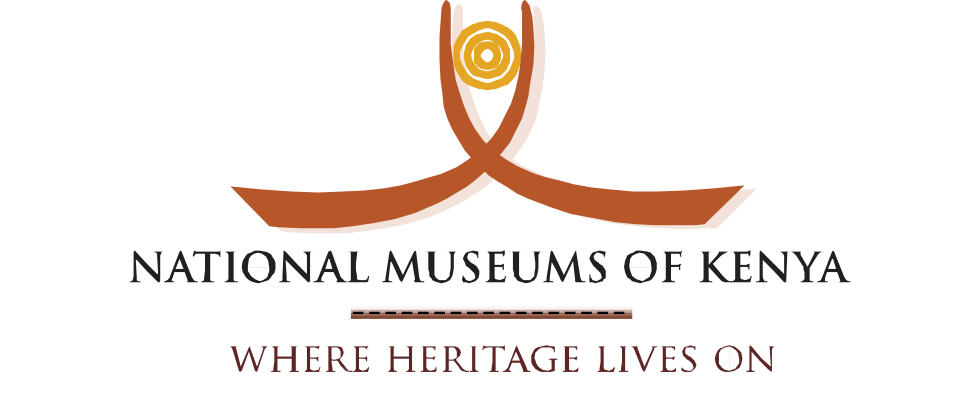

Project Brief
Start Date: January 2017,
Duration: Three Years
Grant: JRS Biodiversity Foundation
Project PI: Esther N. Kioko (PhD) Senior Research Scientist and Head, Zoology Department, National Museums of Kenya,
Email: ekioko@museums.or.ke
Partner Institutions:
i. Department of Zoology, Entomology and Fisheries Sciences,College of Natural Sciences, Makerere University. Kampala, Uganda. Prof. Anne Akol Email: akolam50@gmail.com
ii. National Museum and House of Culture,National Museum of Tanzania, , Dar es Salaam. Adelaide Sallema (MSc), E-mail: adesallema5mon@yahoo.co.uk
Project Summary:
Moths and butterflies (Order: Lepidoptera) provide vital ecosystem services as pollinators of both crops and wild flora. This project is digitizing collections in Kenya, Uganda and Tanzania targeting Lepidoptera pollinator specimens. The target Lepidoptera collections held in the museums are being enhanced with specimens collected from the field. The target species are in three families, Sphingidae (hawkmoths), Hesperiidae (skipper butterflies) and Papilionidae (swallowtail butterflies). The field work focuses biodiversity hotspot localities, the Eastern Arc Mountains in Kenya (Taita hills forest), Tanzania (East Usambara forest) and Mabira forest in Uganda. Research is being done in the forests and the surrounding farmlands to capture the diversity in both landscapes.
The project is training on specimen collection techniques, species identification, curation and digitization and data publishing. The Integrated Publishing Toolkit (IPT), a free open source software tool used to publish and share biodiversity datasets through GBIF Network which is already in use in the region and is being used among others. Three regional workshops will held within the project period for the key partner institutions to develop a strong working collaboration and standard operating procedures for the project activities and to involve other key stakeholders especially the data users. As lack of knowledge and capacity in Lepidopteran pollinator biodiversity informatics and taxonomy are major constraints in the region, the project is building the capacity of technical staff in the region and training three young scientists at MSc. level.
Assessment of Lepidoptera pollinator species diversity data in East Africa:
Project Field Activities in January 2020
Introduction
A team of NMK staff consisting of Dr. Esther Kioko (Senior Scientist), Alex Mutinda (Scientist), Augustine Luanga (Technician) and Duncan Mwinzi (Intern) from Invertebrates section, Zoology department, undertook field work from 13th – 24th January 2020 in Chawia and Modangache forests in Taita hills forest, Taita-Taveta County, Kenya.
Field sampling
Transects were established and sampling done with assistance of local guides who are members of different butterfly farming groups in Chawia and Modangache forests.


The project team with local community guides setting transects in Chawia forest
157 hawkmoth specimens belonging to 13 species were recorded. All the 13 species are new records for Chawia and Modangache forest. In addition, Macroglossum trochilus, Pseudoclanis postica and Andriasa contraria were new records for the project.



73 Papilionidae specimens belonging to 6 species were recorded. Papilio echerioides, Papilio demodocus, Papilio nireus, Papilio ophidicephalus and Papilio dardanus were new records for Chawia and Modangache forests.



164 Hesperiidae specimens belonging to 19 species were recorded during the study. All the 19 species were new records for Chawia forest.




72 specimens of Lycaenidae belonging 13 species were recorded during the study.



Visit to Chawia youth group butterfly farm
Butterfly farming is a source of livelihoods to many youths in Ngaongao, Chawia and Modangache forests. The team visited Chawia youth group butterfly farm and was given a tour around the ongoing activities by their chairman. They collect mostly mated females from the forest, rear butterflies in cages and buckets in order to harvest pupa for sale to Kipepeo project in Gede. They also own indigenous tree nursery for conservation of butterfly food and host plants.



Community butterfly rearing activities in Chawia, Taita Hills
Outreach workshop
A workshop was held with DABICO committee members and various butterfly farmers to give back project findings and milestones, and also deliberate on how best to ensure the conservation of insect pollinators within the Taita Hills forest.

 Participants of the DABICO Committee members outreach workshop
Participants of the DABICO Committee members outreach workshop
DABICO Committee members viewing butterfly/moths Pollinators displays at the community conservation centre
Pollination garden
During the workshop, participants agreed that establishing a pollination garden at DABICO Centre grounds will foster knowledge on insect pollinators, their host/food plants and their overall conservation. Thus an exhibition pollination garden was established with indigenous plants.

Participants of the workshop selecting the site for the pollination garden at DABICO Centre


Preparation and planting of food plants/nectar plants in the pollination garden at DABICO Centre
Acknowledgement
We acknowledge the support from the JRS Biodiversity Foundation and the NMK management for facilitating the staff to undertake this work. The DABICO community for the collaborative support and undertaking to keep the project work going on. The Kenya Forest Service for the permission to undertake research in Taita Hills forests. William Muyanga of NMK is appreciated for the safe driving during the field work.
Downloads
A field guide to Taita Hills butterflies NMK JRS 2021
Fact sheet Charaxes xiphares desmondi
Fact Sheet Christmas Butterfly
Fact sheet Cymothoe teita
How to Establish Butterfly Garden
Workshop Proceedings_November_2020
Protecting Tanzanian’s Pollinators (1)
